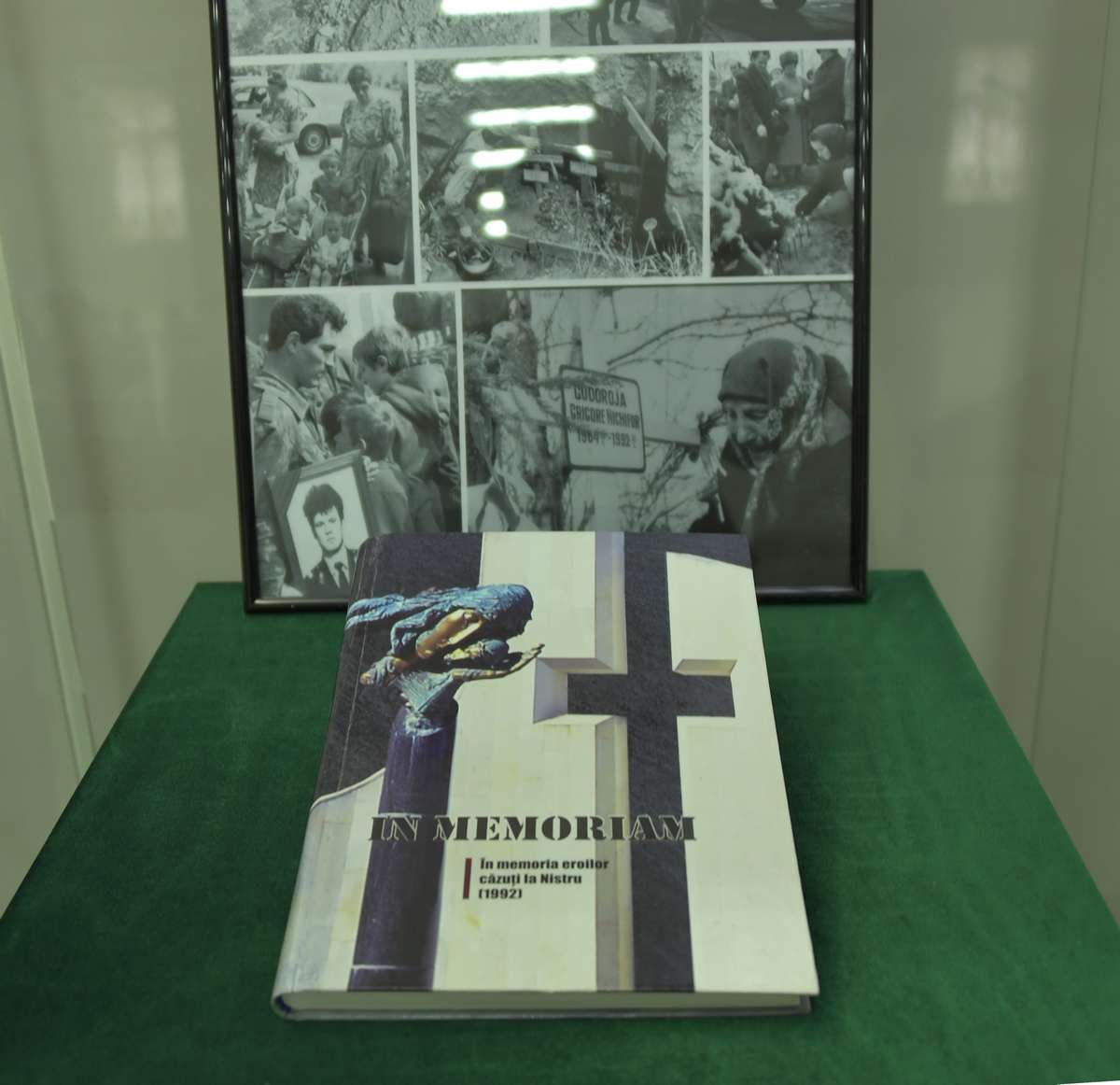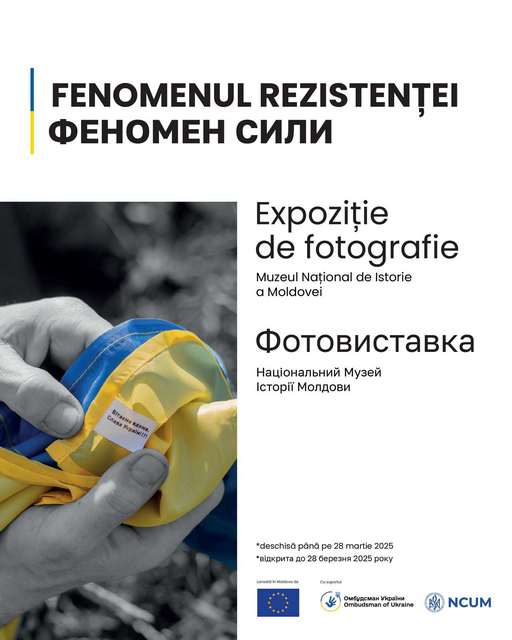Chișinău with its historical center is the only city protected by the state in Republic of Moldova. Fist mentioned in 1436, Chișinău was founded in the area of Măzărache Hill and enlarged afterwards to include Buicani, Vovințeni and other neighboring estates. Being a market-town from the middle of 17th century, Chișinău is a typical medieval and pre-modern Moldovan town situated along the big international commercial road connecting the centers from Lower Danube and Black Sea with the towns from Central and Northern (Hanseatic) Europe. This position turned to be decisive at the beginning of 19th century when, owing to its geographical and economical situation, the town has become an important political, administrative and cultural center in the space between Prut and Dniester rivers. This also explains the great interest of historians and lovers of antiquities in Chișinău during the entire modern period.
However, the lack of systematic archaeological investigations lead to the impossibility of outlining a coherent, unitary and complex image of old, medieval and re-modern history of the biggest town east of Carpathians up until now. The academic studies of synthesis or those with encyclopedic character dedicated to Chișinău reflect in general and rigid terms aspects of social-economic, political and cultural life of the town and its evolution from oldest times until the modern period.
 |
Although sporadic, the archaeological excavations and surveys conducted after WW2 in the perimeter of Chișinău and nearby villages resulted in the identification of tenths of sites representing prehistoric settlements, ancient settlements and cemeteries, fortresses and barrows from different historical periods. The settlement discovered in the north-western periphery of the city and attributed to the Thracian Hallstatt from the 12th-10th cc. BC is one of them and it was researched in 1955-1956. This settlement also gave the name to an important archaeological culture - Chișinău-Corlăteni culture, which is recognized by the international scientific community.
 |
Important discoveries made in the last years contribute to defining the historical coordinates of Chișinău and to establishing its century-old evolution. The archaeological investigations from 2009 and 2010 conducted at Valea Morilor, the rescue archaeological excavations from 2010 at Măzărache Church and those from 2012 at Piața Veche, brought to the daylight priceless archaeological evidences for the city's past and for our national history. Therewith, systematic archaeological investigations at some cemeteries from around Chișinău, at Durlești-Valea Babei, Budești and Trușeni come to complete the picture of human communities' evolution from prehistory until the medieval and pre-modern period in this part of the country.
All these discoveries, presented in the vitrines of the exhibition dedicated to the 577th anniversary from the first documentary mention of Chișinău, invite researchers, culture personalities, lovers of history and antiquities, but also city's governors with European aspirations to cultivate more love towards our cultural inheritance, toward the city's past which deserves not only exploitation but also study, protection and valorification.


















































